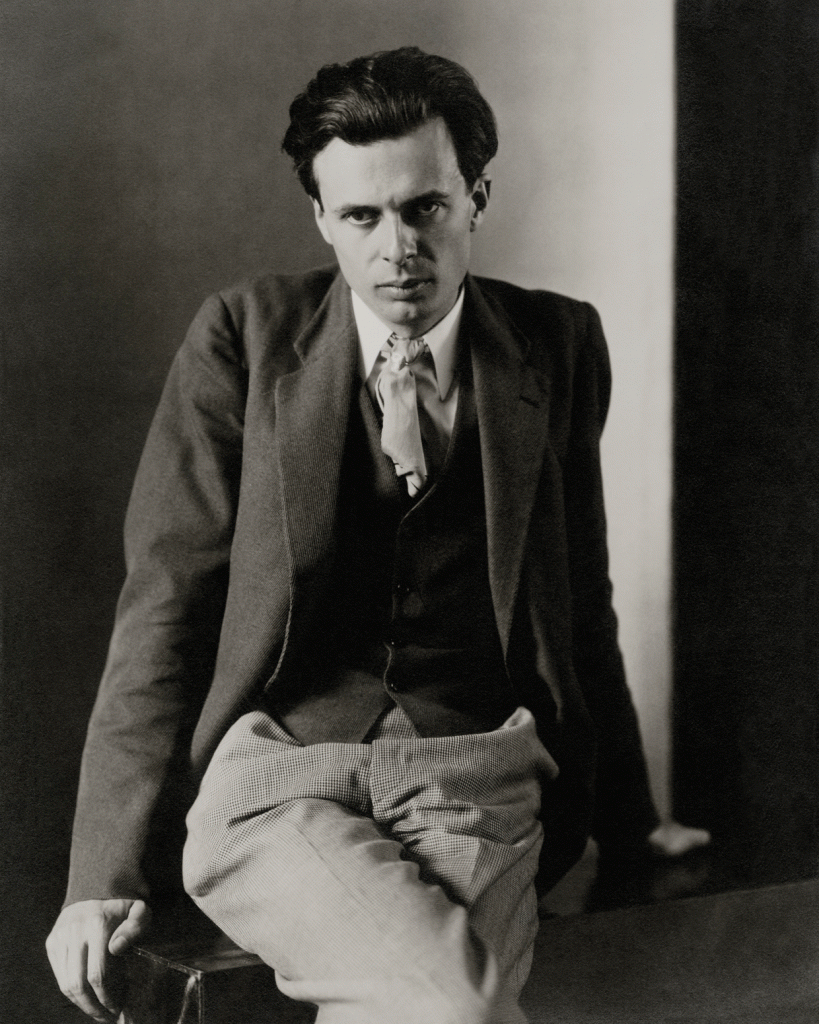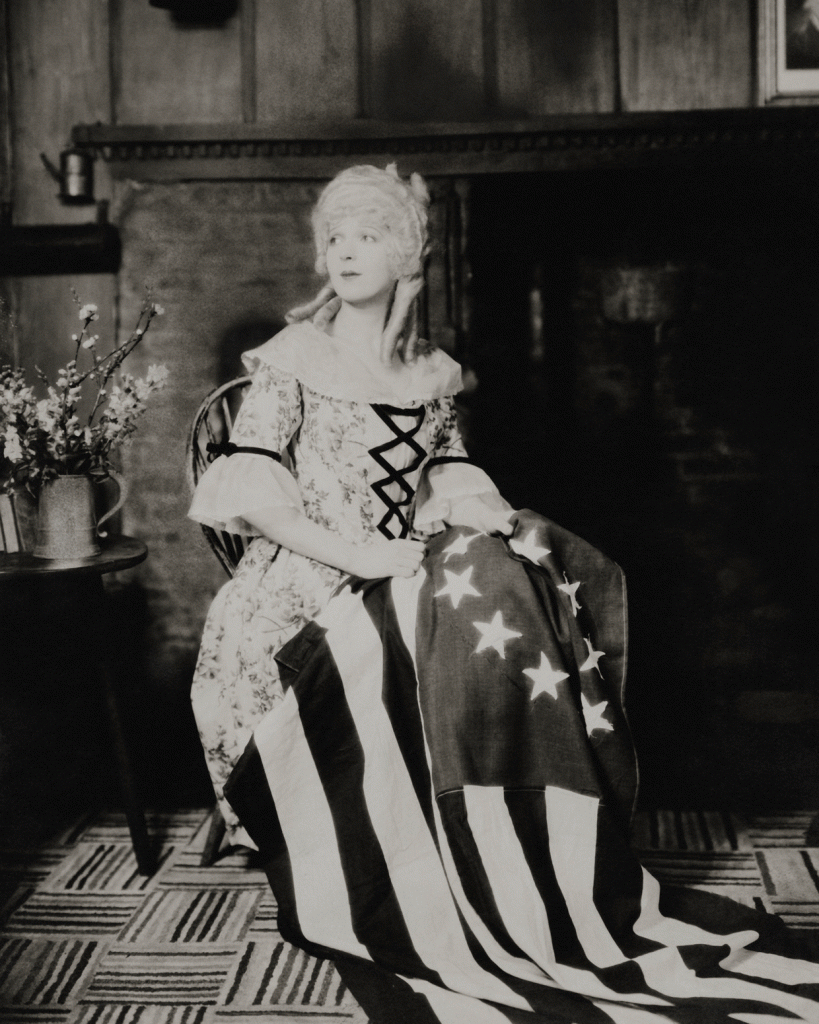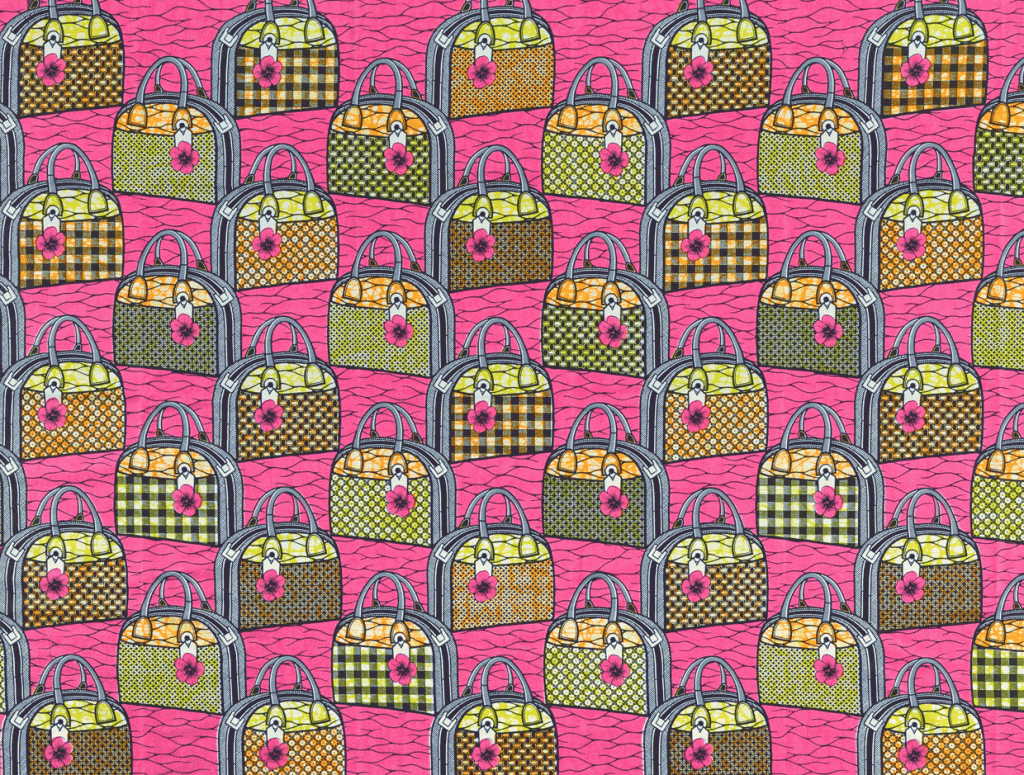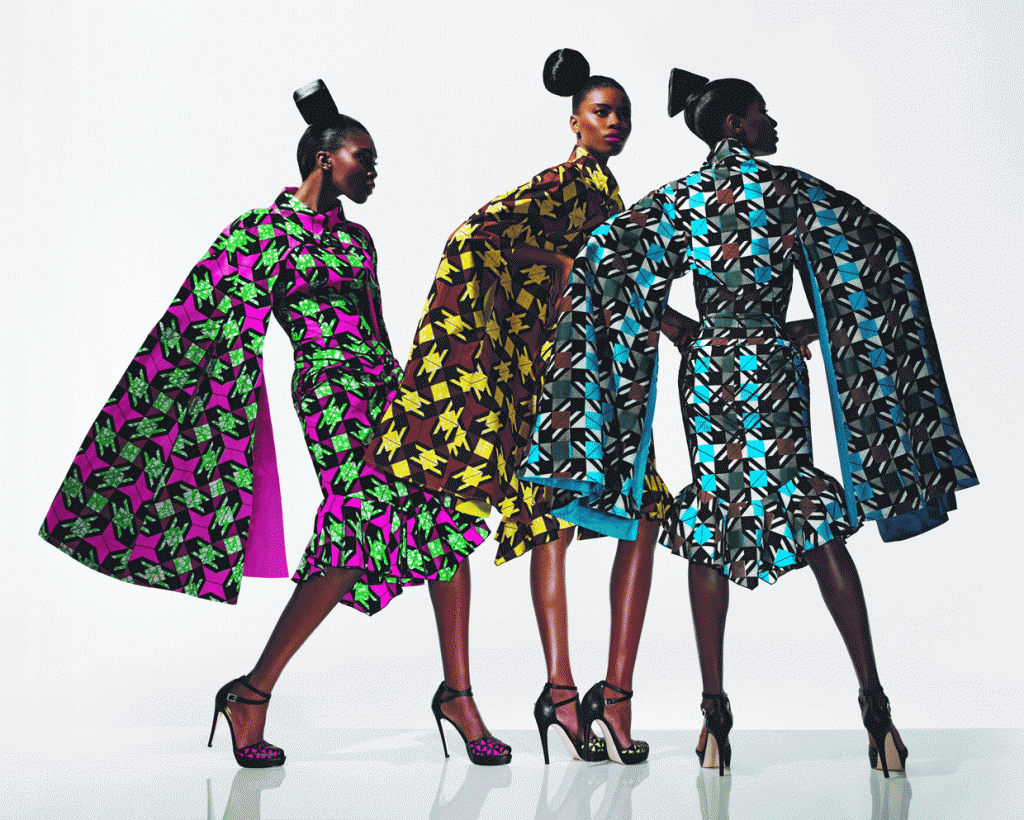 Bobbi Arnst (click photos for large images)
Bobbi Arnst (click photos for large images)
James A. Michener Art Museum Will Present Groundbreaking Exhibition
Charles Sheeler: Fashion, Photography,
and Sculptural Form
Multimedia retrospective to display never-before-seen photographs from a modernist icon created during his five-year tenure at Condé Nast
DOYLESTOWN, PA – In March 2017, the James A. Michener Art Museum will present Charles Sheeler: Fashion, Photography, and Sculptural Form, a groundbreaking exhibition that features never-before-seen photographs by Charles Sheeler, one of America’s most celebrated modernists. Inspired by Sheeler’s portrait and fashion work for Condé Nast from 1926 to 1931, the multimedia show will feature a significant display of these newly discovered photographs as well as paintings and other photographs created by Sheeler, 1920s fashion ensembles, and Sheeler-designed textiles. Evoking the exuberance, glamour, and promise of the Jazz Age, the exhibition will be on view from March 18 through July 9, 2017.
A Philadelphia native, former Doylestown resident, and Pennsylvania Academy of the Fine Arts alumnus, Charles Sheeler is one of the founding figures of American modernism. In 1910, Sheeler and fellow artist Morton Schamberg searched for a place to retreat from Philadelphia to sketch. They found a creative and inspirational escape in Doylestown, making their home at the historic Worthington House on Mercer Avenue. It was here, a mile and a half from where the Michener Art Museum now stands, that Sheeler began to explore photography in earnest.
Sheeler’s fashion and portrait photography for Condé Nast, however, has been almost universally dismissed as purely commercial, a painter’s “day job,” and nothing more. In reality, this commercial work was instrumental in shaping his aesthetic vision. Trained in an impressionist approach to landscape painting, Sheeler experimented early in his career with compositions inspired by European modernism before developing a linear, hard-edged style now known as Precisionism. While working in this mode, he produced powerful and compelling images of the Machine Age: skyscrapers, factories, and power plants, images that established his reputation as a leading figure in American art. Charles Sheeler: Fashion, Photography, and Sculptural Form will show that his dramatic viewpoints, rhythmic patterning, and abstract compositions were influenced by his work at Condé Nast.
“This exhibition will show how Sheeler’s modernist vision was refined over the course of his time at Condé Nast,” said Kirsten M. Jensen, Ph.D., the Gerry & Marguerite Lenfest Chief Curator at the Michener Art Museum and curator of the exhibition. “It was while there he fine-tuned his particular style-objective, distant, and rigorously formal-that he then applied to all of his subsequent work.
The core of the exhibition is 85 portraits and fashion photographs from this period, on loan from the Condé Nast archives. Models adorned in jewels and couture gowns, literary giants of the era, and Broadway actors and Ziegfeld Follies dancers: the subject matter is as sensational as the Jazz Age itself. The exhibition also features select prints from Sheeler’s famous Doylestown House series as well as his photographs of modern sculpture and early portraiture, the film Manhatta (a collaboration with Paul Strand), period costumes on loan from the collections of the Museum of the City of New York and Drexel University’s Robert and Penny Fox Historic Costume Collection, and paintings and photographs on loan from the Metropolitan Museum of Art, Whitney Museum of American Art, Columbus Museum of Art, Yale University Art Gallery, Princeton University Art Museum, Philadelphia Museum of Art, and other major institutions.
“The James A. Michener Art Museum is an especially relevant venue for Charles Sheeler: Fashion, Photography, and Sculptural Form considering Sheeler’s strong ties to the region,” said Lisa Tremper Hanover, director and CEO of the Michener Art Museum. “We’re thrilled to present this unknown body of work in Doylestown, where Sheeler made his first important photographs.”
Complementing the exhibit will be programming that includes lectures, curator talks, a Scholars Day, a film series, musical performances, and a New York-based symposium. For the full schedule, visit the exhibition website at CharlesSheeler.org.
Advance tickets and group tours for Charles Sheeler: Photography, Fashion, and Sculptural Form are available at MichenerArtMuseum.org or by calling 215.340.9800.
A member reception will be held on the evening of March 17, 2017, the day before the exhibition opens for public view. To become a Michener Art Museum member and receive an invitation, visit MichenerArtMuseum.org or call 215.340.9800 x110.
Major support for Charles Sheeler: Fashion, Photography, and Sculptural Form has been provided by The Pew Center for Arts & Heritage, with further support from The Coby Foundation, Ltd., Visit Bucks County, an anonymous donor, and the Bucks County Foundation.
Additional funding has been provided by Bonnie J. O’Boyle and Virginia W. Sigety, Independent cabi Stylist.
In-kind support is generously provided by Condé Nast Editions.
About the James A. Michener Art Museum
The James A. Michener Art Museum collects, preserves, interprets and exhibits American art, and promotes the work of nationally and internationally known Delaware Valley artists of all eras and creative disciplines. The museum presents exhibitions that explore a variety of artistic expressions and offers diverse educational programs that develop a lifelong involvement in the arts. Throughout the year, the Michener Art Museum hosts a wide range of programs open to the public, including lectures, artists conversations, gallery talks, artist studio tours, dance performances, jazz performances, family-themed activities, and other events. The museum also offers diverse selection of art classes for children and adults, which include instruction in drawing, painting, sculpting, and printmaking as well as programs for the public, schools, and teachers designed to support arts education. The James A. Michener Art Museum is accredited by the American Alliance of Museums.
The James A. Michener Art Museum is located at 138 South Pine St., Doylestown, PA. The Museum is open Tuesday through Friday, 10:00 am – 4:30 pm; Saturday, 10:00 am – 5:00 pm; and Sunday, noon – 5:00 pm. For more information, visit MichenerArtMuseum.org or call 215.340.9800.
Twitter: @MichenerArt
Facebook: MichenerArtMuseum
Instagram: michenerart
Thank you to Christine Triantos, James A. Michener Art Museum, Associate Director, Marketing and Communications for the content of this post.
SEO and Photoshop by DoN.
Like DoNArTNeWs Philadelphia Art News Blog on facebook
Follow the new DoNArTNeWs.com
Follow DoN on Twitter @DoNNieBeat58
DoNArTNeWs on Tumblr
@donniebeat on Instagram
Affiliate Marketing [disclosure page] Shop on-line and help support DoNArTNeWs













